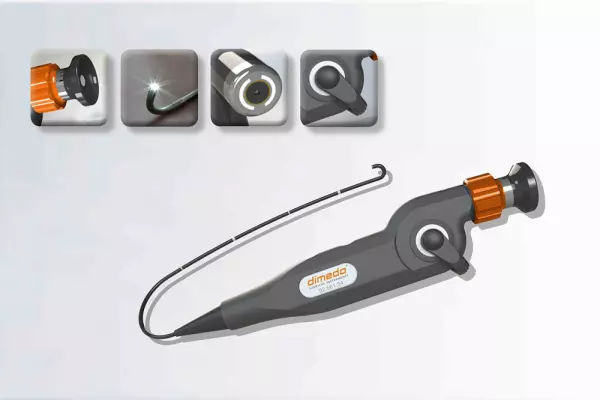
Achieve perfection in your diagnostic capabilities! The naso-pharyngo-laryngoscopes from D...
Portal and digital medical technology fair of the largest MedTech cluster in Germany
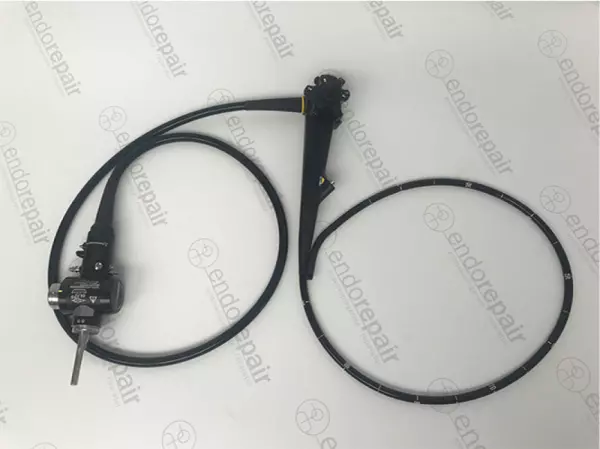
High quality, medical, flexible Gastroscopes...
Our product range of medical endoscopes - High quality, medical, flexible Gastroscopes for expe...
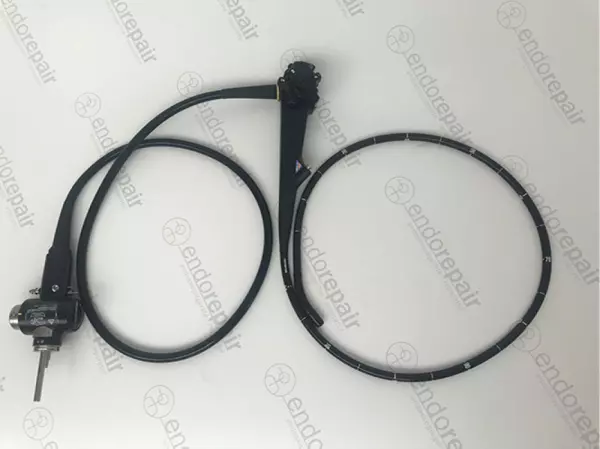
High quality, medical, flexible duodenoscopes...
Our product range of medical endoscopes - High quality, medical, flexible duodenoscopes for exp...

Bypassing repairs and rental equipment for...
At endorepair, we help you minimise your economic downtime. We achieve this on the one hand through...
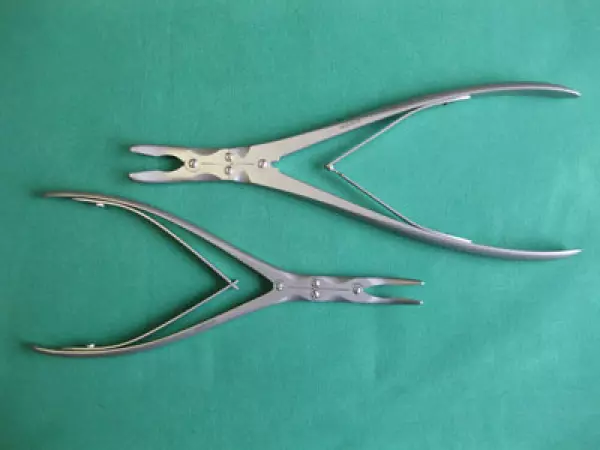
Repair service for standard surgical instruments
We repair MIS instruments from all well-known manufacturers , drive systems such as drilling hoses,...
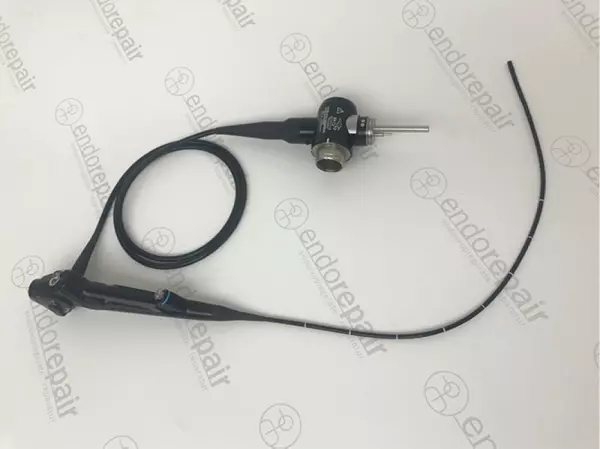
High quality, medical, flexible bronchoscope...
Our product range of medical endoscopes - High quality, medical, flexible bronchoscope for expe...
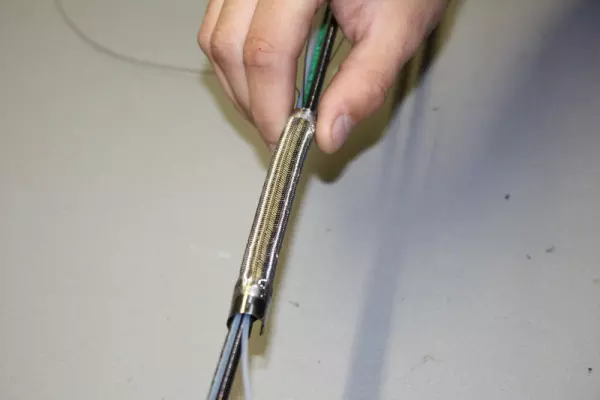
Repair service provider for your endoscopy...
endorepair – your partner for the repair of your endoscopy devices and ultrasound probes Ve...
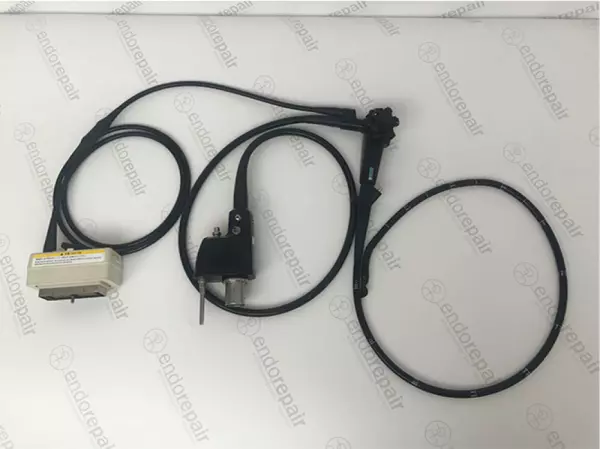
High quality, medical, flexible ultrasound...
Our product range of medical endoscopes - High quality, medical, flexible ultrasound endoscopes...
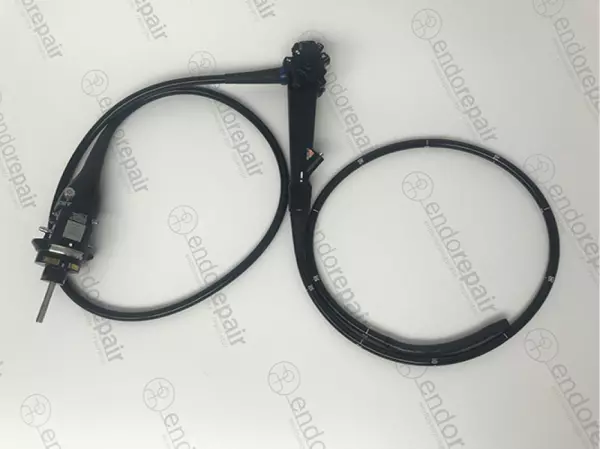
High quality, medical, flexible Coloscopes...
Our product range of medical endoscopes - High quality, medical, flexible Coloscopes for expert...

A direct laryngoscopy is a surgical procedure for the throat. This procedure is typically performed on an unconscious person. The patient is placed on their back and the laryngoscope is inserted through the mouth on the right side of the throat. The laryngoscope is then flipped to the left side and inserted anteriorly and posteriorly. The patient is then lifted upwards and forwards. This procedure is performed in an operating room, and the patient is fully prepared for respiratory distress.
A direct laryngoscopy uses a flexible or rigid scope to see deeper into the throat. The flexibility of the scope allows the physician to see the throat better and is more comfortable. The rigid scope is often used for surgery. It can diagnose various conditions, such as voice problems or lumps, and help doctors determine the cause. The procedure can also detect injuries to the throat or the trachea, as well as any blockages or narrowing of the airway.
Direct laryngoscopy is an important part of the diagnostic process for certain diseases, such as throat cancer. This procedure uses a thin flexible viewing tube to examine the vocal folds. The modern version of this procedure uses a fiber optic cable to provide a clearer image. It allows the physician to visualize the vocal folds and make a proper diagnosis. For more information, talk with your health care provider about any allergies or medications you take.
The procedure can be performed directly or indirectly. The conventional technique uses a rigid viewing instrument. However, this does not give the doctor a clear enough view to perform tracheal intubation. Luckily, there are now a number of alternatives to the traditional direct laryngoscopy. Some of these include the lighted stylet, Bullard scope, and WuScope. Once your doctor has found the problem, they will then remove it using a small telescope. The procedure is usually done on an outpatient basis and requires no hospitalization.
The laryngoscope is introduced to the patient in the supine position. The doctor will use a special suspension apparatus to suspend the instrument. The patient should be fully asleep while the procedure is performed. If the procedure involves a trauma, the physician may use a vacuum to remove the foreign object. The device may also be placed on the patient's chest. It is safe and effective, but the laryngoscopy will require another surgery.
During the procedure, the laryngoscopist will use a flexible laryngoscope with a built-in controllable suction. The direct laryngoscope is specifically designed for trauma intubation and prevents secretions from clogging the instrument. It has a built-in LED light source and two controllable suction inlets for a clear view of the airway.
This procedure is not a life-threatening procedure, but it can cause mild to severe pain. In some cases, patients may experience nausea or general muscle aches. In some cases, the patient may have a sore throat. It is normal for the throat to feel sore after the procedure, but a small amount of pain can cause vomiting. If a child experiences a cough, the doctor may use a special spray to numb the area.
A direct laryngoscopy is not necessary. It is not invasive, and takes only five to 45 minutes. It is a good option for emergencies, since it is a less invasive alternative to a direct laryngoscopy. Aside from its advantages, direct laryngoscopy is not only faster than an indirect one, but it also saves time. The time it takes to intubate a patient is decreased by 50%.
There are two basic types of laryngoscopy. A direct laryngoscopy uses direct line-of-sight (a straight laryngoscope). A flexible laryngoscope uses a light and a thin mirror. The light shines into the mouth to see the patient's voice. This test can be completed in a doctor's office in five to ten minutes. The patient sits in a chair during the procedure. A numbing spray is often administered before the test.
A direct laryngoscopy uses an ETT, which is an electronic tube that passes through the mouth. The scope is inserted into the mouth through the nose. The patient is usually awake during the procedure, and the doctor will use a video camera to look at the voice box. The video allows the doctor to see what's happening inside the larynx. Once the procedure is completed, the doctor will remove the foreign object.
Become a digital exhibitor yourself in the online portal of the largest and best-known MedTech cluster region in Germany and inform the world of medical technology about your products and services as well as about news, events and career opportunities.
With an attractive online profile, we will help you to present yourself professionally on our portal as well as on Google and on social media.